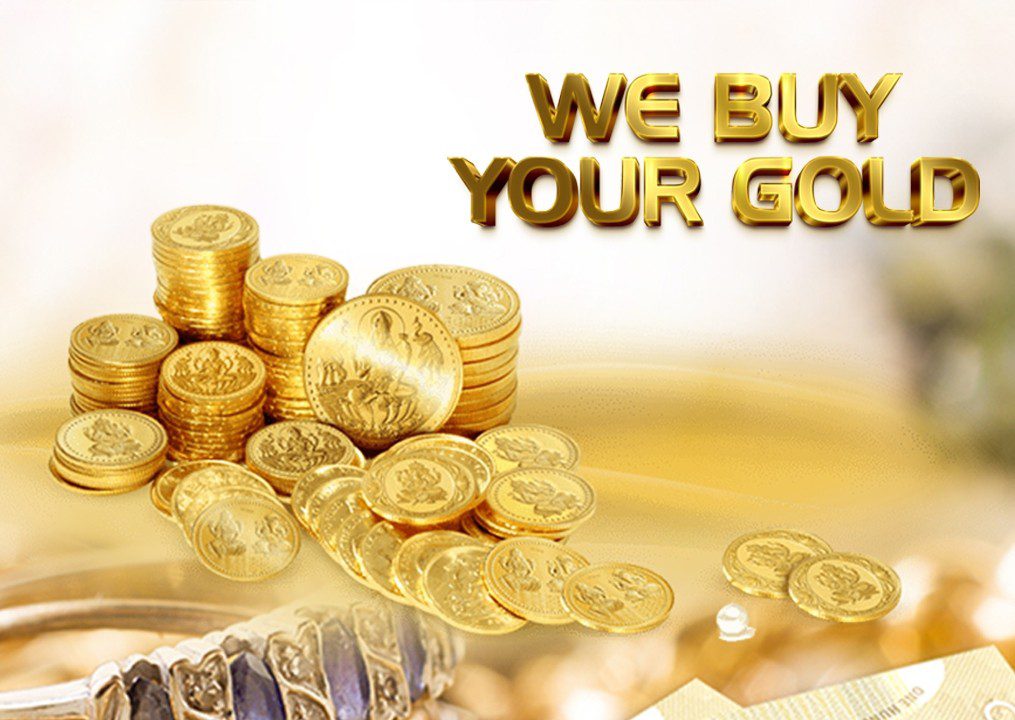Revealing the Lifecycle of Gold from Mineral Processing to Trade Delivery
Wiki Article
Gold has been a highly sought-after asset for numerous of years, cherished not only for its beauty but also for its usefulness in various fields. The course of gold begins with mineral extraction, a procedure that involves recovery. Miners explore for gold concentrations in the earth, which can be found in different forms such as nuggets or grains embedded in other minerals. There are several methods of mining, including placer mining and hard rock mining. Placer mining involves searching for gold in alluvial deposits, while hard rock mining requires digging deep into the ground to remove gold-bearing rocks. Both methods can be labor-intensive and require careful strategizing to be successful.
Once the raw material is extracted from the ground, it must be processed to isolate the gold from other components. This process usually starts with pulverizing the ore into small pieces, making it easier to handle. After breaking, the ore is treated with reagents to separate the gold. One common approach is using cyanide, which reacts with gold and allows it to be extracted from other minerals. This step is vital because it raises the purity of the gold and prepares it for further processing. The remaining residues are discarded as tailings, which must be managed properly to avoid environmental damage.
After the gold is removed from the ore, it goes through refining to achieve a higher level of concentration. This step often involves smelting the gold at high temperatures to remove undesirable elements. Various procedures can be used for refining, including electrolytic refining and cupellation refining. Electrolysis uses electric charge to separate impurities from pure gold, while cupellation involves heating gold in a refining furnace that oxidizes unwanted materials. The final product is typically nearly pure gold, ready see page for use in luxury goods, electronics, and other applications.

Once refined, gold is molded into ingots or currency before being shipped to trade centers around the world. Gold ingots are commonly used by investment firms as a form of financial asset or monetary reserve. Coins are often produced for collectors or general circulation, depending on their pattern and rarity. Supply chains include bulk sellers and retailers who sell gold items to customers. The price of gold shifts based on market demand and supply elements, impacting how it is sold and traded globally.
The entire lifecycle of gold from mineral extraction to global distribution highlights the complexity of this coveted metal’s value chain. Each step requires accuracy and knowledge to ensure that the final item meets performance criteria and meets market demands. Comprehending this sequence not only illuminates how coveted assets are harvested but also emphasizes the importance of sustainable extraction methods that support both people and the environment. As global gold demand continues around the international markets, valuing this process ensures that we value its significance beyond click here to find out more mere aesthetics, highlighting its importance in our economy and culture.